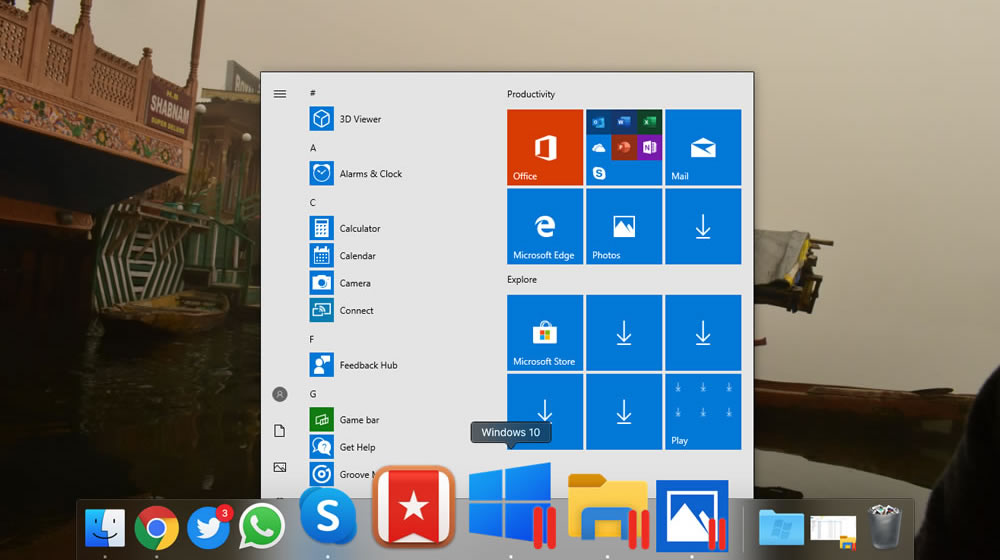
How ironic and irritating to finally upgrade to a high resolution monitor and get worse resolution it really impedes my work flow, as I frequently have to magnify things in case 1, or grit my teeth at the fuzziness of case 2! And, unfortunately, the numerous articles on the Parallels site appear to be either irrelevant (e.g. As such, I find myself forced between choosing between: 1) my new monitor's native resolution (2880x1800) with ~200% scaling, and the attendant spidery text, tiny icons, tiny menu text, etc., and 2) choosing 1440x900 with 100% scaling, where everything is sized decently (well, naturally consistent with 5 years of Windows 7 in Parallels on an older MacBook Pro with 1440x900 native resolution!), but fuzzy because it's non-native resolution. Rather, it seems as though Windows 10 provides only a limited degree of customization (for icons size, menu text, etc.), and that is utilized very inconsistently by application developers. Starting with Creators update Windows 10 allows per-application scaling overrides:Ĭlick to expand.It's not clear to me that this is a Parallels issue, which motivated my original query about the relative merits of Parallels 12 vs 13 in this regard.

Whether or not to use macOS resolution scaling is a matter of personal preference, but I would recommend against manual setting of Windows resolution. Some people will try to fix that, setting the "correct" 2880x1800 resolution in Display properties in Windows, just to find out that the display becomes fuzzy and out of focus due to double scaling. Parallels in turn will set Windows to that logical 3840x2400 resolution, causing text to be a bit small. Newer MBPs come configured to what was called "More space" mode before: a 15" with 2880x1800 panel is set 3840x2400 by default. The matters are complicated by macOS resolution scaling, the thing you can set using macOS display properties. The above assumes that resolution in macOS matches display physical resolution. Moreover, per-display DPI support is even more complicated. In this mode you have more control over scaling factor, Windows applications, however, are still required to fully support DPI scaling. All VM displays are set to native resolution, Windows adjusts DPI scaling automatically per-display which can be overridden (ex.


 0 kommentar(er)
0 kommentar(er)
